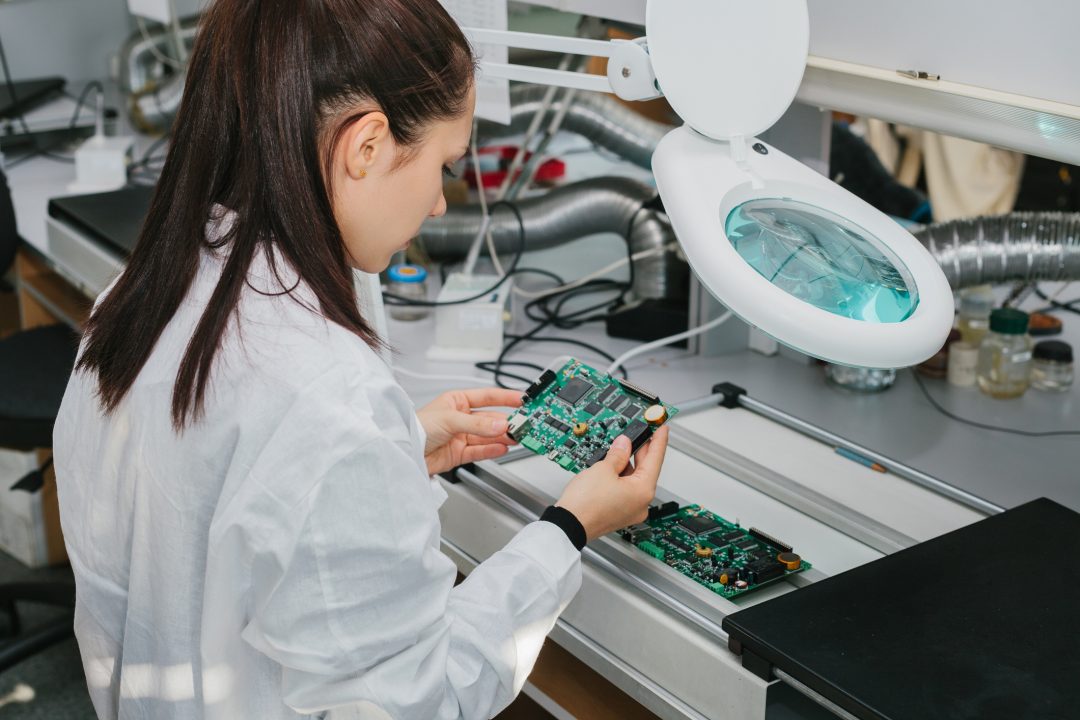Search this site
Calculating a Component’s Total Designed-In Cost

Today’s hardware and assembly companies are rapidly replacing traditional fasteners and hardware with adhesive systems. The benefits of adhesives are many, from achieving more functionality to yielding more production improvements.
Some adhesive joints, for example, not only bond but help transfer heat and conduct electricity. Mechanical performance can be modified based on an adhesive’s ability to flex or maintain rigidity. Adhesive gaskets can be applied in liquid form and harden once assembled.
All of these factors are directly related to an adhesive’s published performance specification. To meet the performance specifications, it’s critical that the adhesive system is correctly mixed, handled, and applied.
When considering the use of new, impressive adhesive systems, however, significant costs and risks are easily overlooked — which can cause costs (and major headaches) to soar.
Correctly calculating a component’s Total Designed-In Cost isn’t always a matter of choosing the right adhesive, but also selecting the most economical storage, certification, means of application, and waste handling.
While not an actual company’s story, the following Use Case Scenario is typical of what we see on a regular basis.
Company X: A Use Case Scenario
Company X replaced screws with a commonly used low expansion, high-performance structural adhesive to eliminate vibration and mechanical resonance issues in the next product generation.
The design team was praised for the adhesive, as it saved machining steps and eliminated hardware from the Bill of Material (BOM) while increasing performance — for a nice cost savings PER UNIT. Like all manufacturers, their customers want more for less.
A few details about the adhesive . . .
- The two-part adhesive (A and B) had a short 1-hour pot life (must be used quickly) and was very sensitive to mix ratios (1-part B to 10-parts A, +/- 1% by weight).
- The material had a one-year shelf life, and could only be bought in 4-liter containers for A, and 0.5-liter containers for B. Company X could only purchase a case of 4 kits, as most users of this adhesive material use significantly larger volumes; distributors hate breaking up cases on this fast mover.
- Company X used a quantity of five 10cc syringes every week, because they had to batch the work.
- Each A & B Kit cost $450 or $1,800 for the case.
This seems like an adhesive success story, but once in production, a whole host of hidden problems emerged:
- From the beginning, the company was at risk of wasting 35% of material from the first material kit, and scrapping the balance of the raw material kits.
- The inventory manager became upset that $1,800 dollars of material was aging, killing inventory turns. Heads exploded when the manager figured out that $1,300 of scrap was on the horizon.
- What’s more, uncured adhesive is often a hazardous waste, so Company X now owned the cost of liability of its proper storage and disposal costs — all of which are typically much higher than the raw material cost. Ouch!
- Company X totally underestimated the skill it took to control +/-1% by weight. When they started mixing on the production line, the production test yields tanked overnight. Why? Skilled technicians were no longer doing the mixing.
- To fix this problem, Company X created a mixing department, invested in precision scales and ventilation equipment, and trained their operators.
- The yields on the production line never achieved the level of the previous generations. Even with the rework and testing associated with the older design weaknesses, Company X couldn’t get the new product to match the projections from the design team. Most of the issues came from the unpredictable adhesives. Some weeks the production team could meet yields; other weeks were total failures.
But, Company X’s biggest problem was their customer — who loved the new performance! From the customer’s perspective, the product was a hit. They were saving money on calibration and testing, and reliability had never been better in their systems.
The result? Company X was now trapped with a non-sustainable product that its customer loved. Resources and expertise had been assigned to a non-mission-critical area (mixing) — diverting core resources from continuous improvement. The liability and risks of onsite hazardous waste, and the costs of yield variance and rework, skyrocketed.
The Cost Footprint of what seemed like a simple BOM and performance change ballooned into a resource and money eating nightmare. Company X longed for the days when they had a couple of screws on a BOM.
Appli-Tec can help prevent you from falling into the Company X trap
Adhesives require expertise, awareness, and a willingness to consider and control for unknowns. Appli-Tec has a long history of working with customers on their designed-in material systems to improve yield, consistency, performance, reliability, and to eliminate excessive waste.
In short, we remove all of the complexity and aggravation and make the adhesive a Line Item on a Bill of Material again, with a Certificate of Acceptance and a team to stand behind it.
New Applications
I want to discuss my application challenges, order samples, or place a first-time order.
Existing Applications
I need to reorder an existing part number, I have a BOM/Spec.

